

|
After this, Ulf Kracht will show a video on the Drake Strait passage.
These presentations will be followed by a round table discussion.
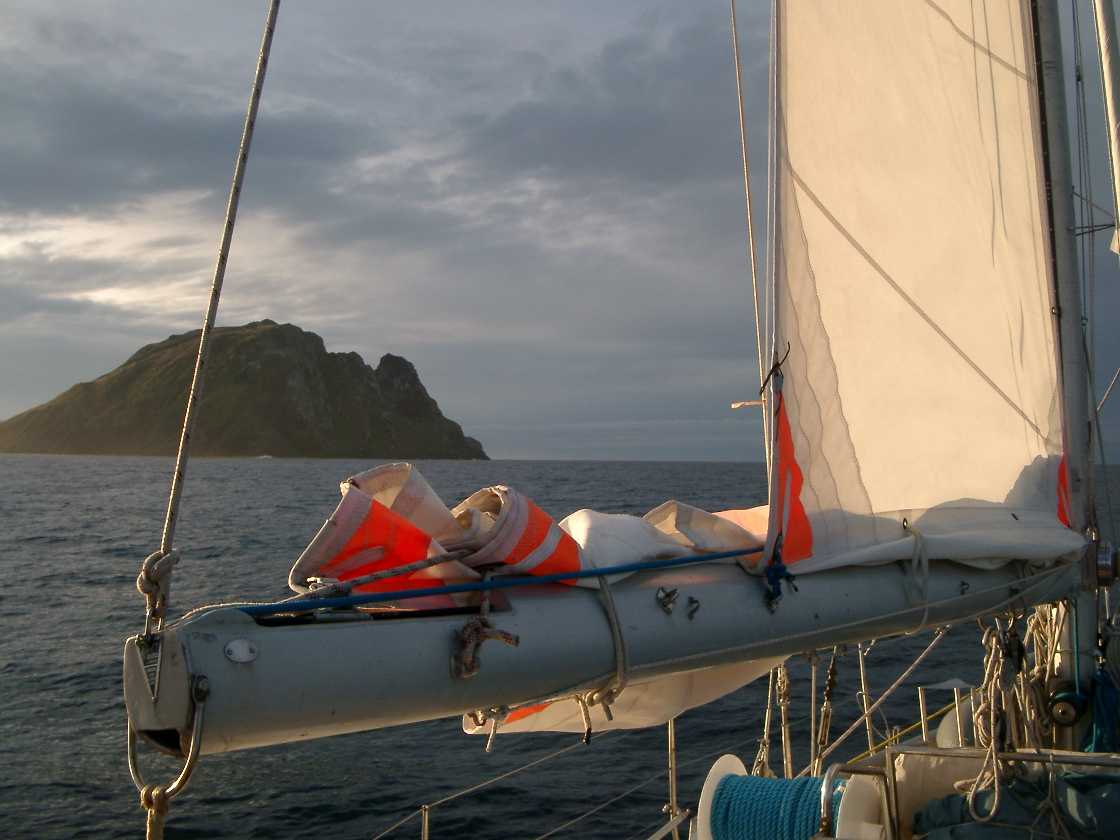
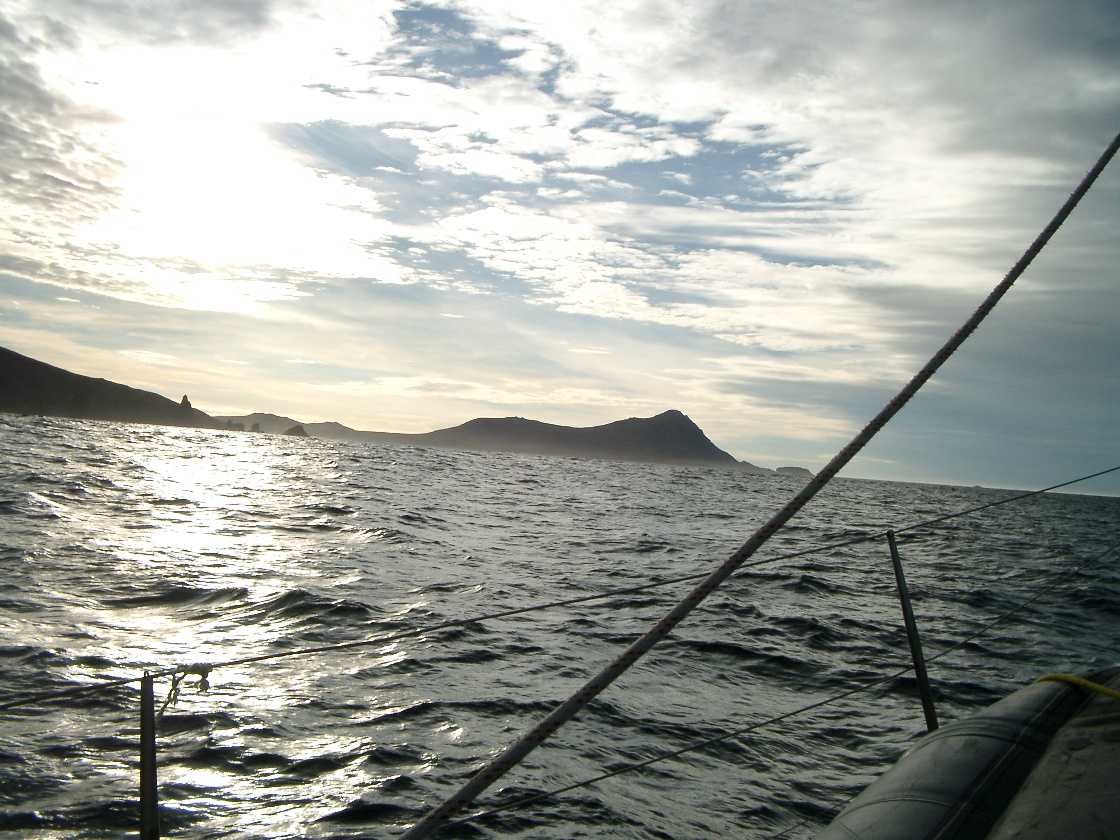
(The west cliff of Hornos Island seen from the NW and the end of Wollaston archipelago, photographed on Feb 6th 2004 by Beppe Masala.)
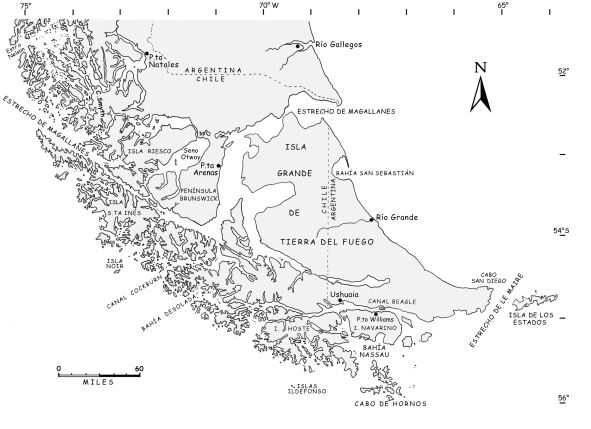
Wollaston islands:
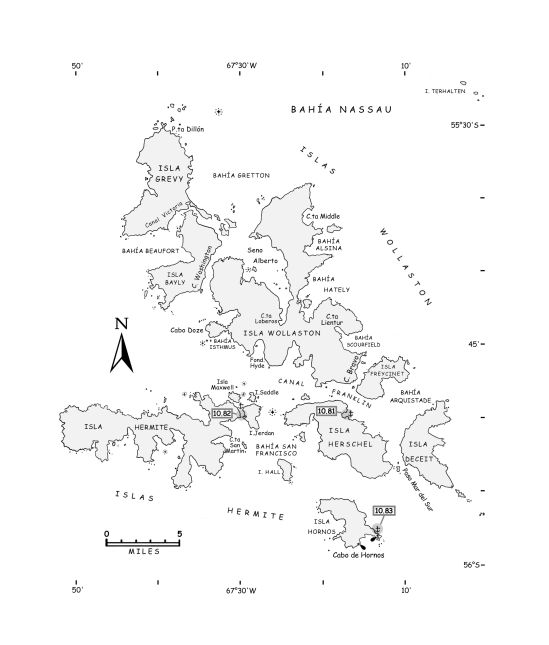
Spanish Cabo De Hornos, steep rocky headland on Hornos Island, Tierra del Fuego Archipelago, Magallanes region, southern Chile. Located off the southern tip of mainland South America, it was named Hoorn for the birthplace of the Dutch navigator Willem Corneliszoon Schouten, who rounded it in 1616. False Cape Horn (Falso Cabo de Hornos), on Hoste Island, 35 miles (56 km) northwest, is sometimes mistaken for it. Navigation of the rough waters around the Cape is hazardous. The climate is windy and cold year-round.
Willem Schouten
born 1567?, Hoorn, Netherlands
died 1625, Antongil Bay, Madagascar
in full Willem Corneliszoon Schouten Dutch explorer whose 1615-16 expedition discovered a new route, the Drake Passage, around the southern tip of South America, connecting the Atlantic Ocean with the Pacific.
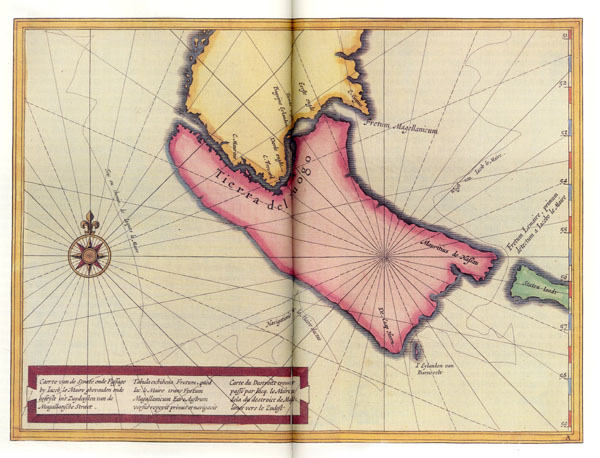
A chart from the Spieghel der Australische Navigatie, a book about Le Maire's tour around the world in 1615-1616.
The Dutch East India Company held a monopoly on all East Indies trade by ships routed through the Strait of Magellan when, in 1615, an Amsterdam merchant, Isaac Le Maire, mounted an expedition to find a new route to the Pacific. His son Jakob and veteran sea captain Schouten led the voyage that set sail in May 1615 with two ships - the second piloted by Schouten's brother Jan. By December they reached the far southeastern coast of South America, where the smaller ship caught fire and had to be abandoned. Sailing south the next month, Schouten passed through the Le Maire Strait between Tierra Del Fuego and Estados (Staten) Island, and sailed into the Pacific. He gave the southernmost tip of America the name Cape Horn (Dutch: Kaap Hoorn). This new route, now known as the Drake Passage, was longer but much simpler than the established passage through the Strait of Magellan.
The expedition went on to discover new islands in the South Pacific before reaching its destination, Batavia, Java (now Jakarta, Indon.), in October 1616. There the Dutch governor refused to believe that Schouten had discovered a new route westward and confiscated his cargo. Schouten and Le Maire were charged with infringing on the monopoly and were sent home to Holland; Le Maire died along the way. Upon his return to the Netherlands, Schouten's (and Le Maire's) diaries, complete with maps, were published and proved valuable to subsequent explorers.
[From the Encyclopædia Britannica 2005 Premium Service pages on Cape Horn and Willem Schouten.]
Who recognises this other Cape Horn ?
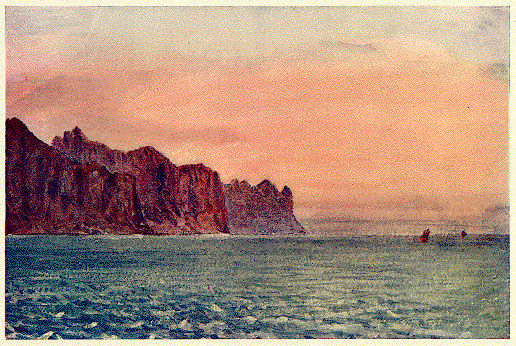
[Reproduction of a watercolour sketch by William Gershom Collingwood made on August 18th 1897.]
Depending on the number of people showing up, we either use Room B or the adjacent Council chamber, both located at CERN.
The presentation will be in English, but questions in French are welcomed.
Everybody welcome, YCC member or not, no entrance fee. Non-CERN people without YCC membership card are invited to contact Rob Veenhof a day in advance so that the guards at the CERN main gate will know of your arrival.